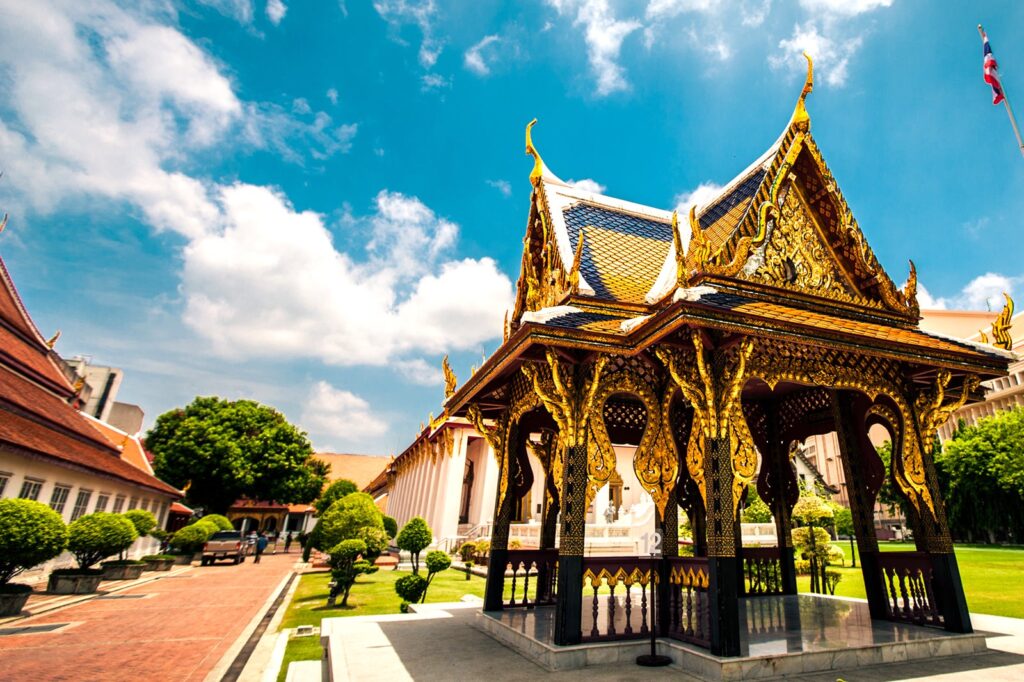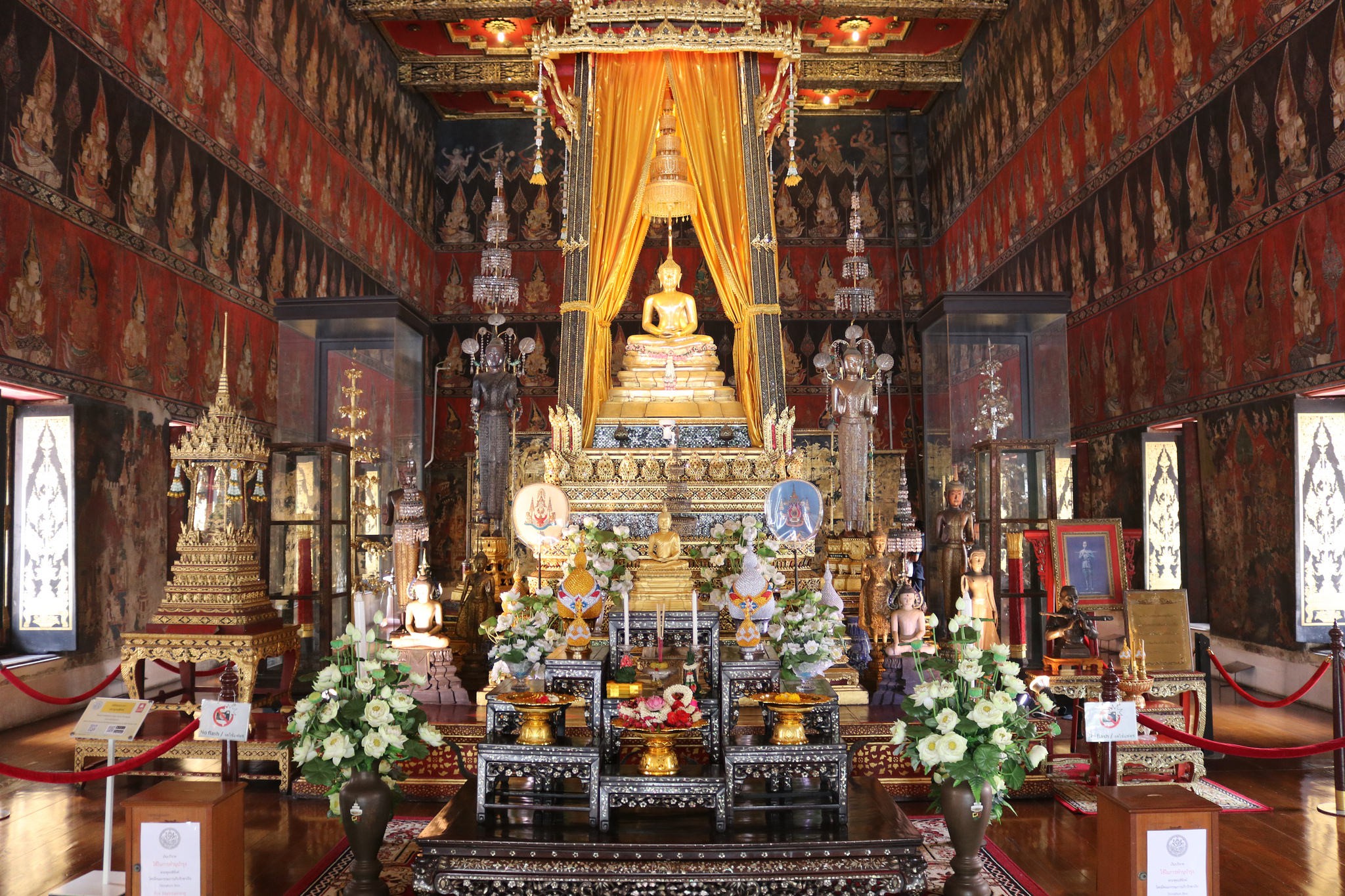Have you ever wondered about the rich history of Thailand? The country has a fascinating past, filled with ancient civilizations, majestic temples, and captivating stories. If you’re eager to dive into Thailand’s history, visiting its museums is a perfect way to start. In this article, we will take a closer look at some of the top museums in Thailand where you can explore the past and gain a deeper understanding of this beautiful country.
One museum that shouldn’t be missed is the Bangkok National Museum, located in the heart of Bangkok. This impressive museum houses an extensive collection of artifacts and artworks that date back to prehistoric times. From intricate carvings to beautiful sculptures, the museum offers a comprehensive overview of Thai art and culture throughout the centuries. Whether you’re interested in ancient history or contemporary art, the Bangkok National Museum has something to offer for everyone.
Another must-visit museum is the Ayutthaya Historical Study Centre in Ayutthaya. As a UNESCO World Heritage Site, Ayutthaya is already famous for its ancient ruins and temples. However, the Historical Study Centre provides a deeper insight into the city’s history and the rise and fall of the Ayutthaya Kingdom. Through interactive exhibits and informative displays, visitors can learn about the kingdom’s political and cultural significance, as well as its connections to the outside world.
If you’re heading to northern Thailand, the Chiang Mai Historical Centre is definitely worth a visit. Located within the old city walls of Chiang Mai, this museum takes you on a journey through the history of the region. From the Lanna Kingdom to present-day Chiang Mai, you can explore the traditions, customs, and lifestyle of the people who have called this area home. The museum also showcases the unique architecture and craftsmanship of the region, providing a comprehensive understanding of northern Thai culture.
So, if you’re keen to explore Thailand’s history, these museums offer a fantastic opportunity to delve deeper into the past. From ancient artifacts to interactive exhibits, you’ll gain a comprehensive understanding of the rich and diverse history of this captivating country. Don’t miss out on these top museums during your visit to Thailand!
1. National Museum of Thailand
– History and significance of the National Museum
The National Museum of Thailand, located in Bangkok, is a treasure trove of historical artifacts and cultural heritage. Established in 1874 by King Rama V, the museum showcases the country’s rich history and offers a glimpse into its ancient civilizations. This grand institution holds great significance as it not only preserves and exhibits Thailand’s diverse cultural heritage but also educates visitors about the country’s unique past.
– Exhibits and collections at the National Museum
At the National Museum of Thailand, you will find a vast array of exhibits and collections that span various periods in the nation’s history. From prehistoric artifacts to Buddhist relics, the museum offers a comprehensive overview of Thailand’s past. The exhibits are categorized into different sections, including archaeology, art, and ethnology, providing visitors with a well-rounded experience.
– Must-see artifacts at the National Museum
Among the multitude of artifacts on display, some notable pieces stand out. The Phra Buddha Sihing, a revered Buddha image, is one such highlight. Believed to have been crafted in the 15th century, this iconic statue is highly revered by the Thai people and is associated with good fortune. Another must-see artifact is the intricate gold crown worn by King Rama IV during his reign. This exquisite piece showcases the opulence and skill of the Thai royal craftsmen.
2. Ayutthaya Historical Park
– Introduction to Ayutthaya Historical Park
Travel back in time to the ancient capital of Thailand at the Ayutthaya Historical Park. Just a short journey from Bangkok, this UNESCO World Heritage Site offers a glimpse into the majestic past of the Kingdom of Ayutthaya. The park is home to numerous temples, palaces, and other architectural wonders that have stood the test of time.
– Historical background of Ayutthaya
Ayutthaya was once a bustling city and a center of trade and diplomacy in Southeast Asia. Founded in 1350, it flourished as the capital of the Kingdom of Ayutthaya for over four centuries until its eventual downfall in 1767. The city was renowned for its magnificent temples and palaces, reflecting the grandeur of the Ayutthaya Kingdom.
– Highlights of the Ayutthaya Historical Park
Exploring the vast Ayutthaya Historical Park is an awe-inspiring experience. Be sure to visit Wat Phra Si Sanphet, the grandest temple in the park and the former royal temple. Its three iconic pagodas are a testament to the city’s glory days. Another must-see sight is Wat Mahathat, known for the famous Buddha head entwined in the roots of a tree. This image has become an iconic symbol of Ayutthaya.
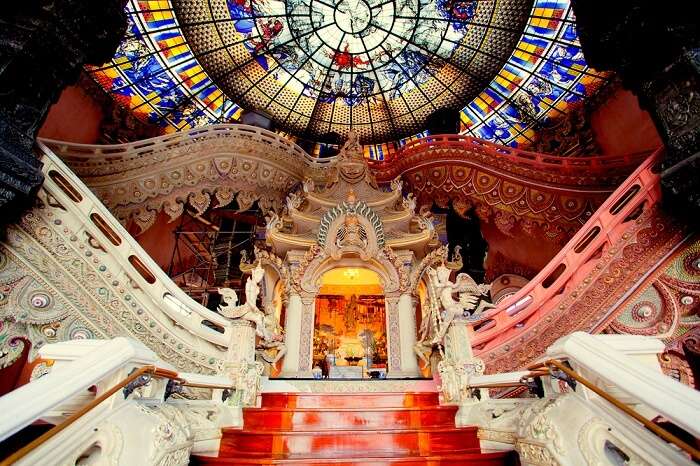
3. Bangkok National Museum
– Overview of the Bangkok National Museum
Immerse yourself in Thai culture and history at the Bangkok National Museum. Located near the Grand Palace, this museum is the largest in Southeast Asia and holds a vast collection of artifacts dating back to prehistoric times. Combining traditional Thai architecture with modern exhibition techniques, the museum offers an enriching experience for visitors.
– Sections and exhibitions at the museum
The Bangkok National Museum is divided into several sections, each showcasing different facets of Thai history and culture. Discover ancient artifacts, such as tools and pottery, in the prehistoric section. Move forward in time as you explore the extensive collections of Thai art and religious artifacts. The museum also houses a separate section dedicated to the history and culture of the country’s diverse ethnic groups.
– Prominent artifacts and artworks on display
Within the museum, you will find a plethora of notable artifacts and artworks. One of the highlights is the intricate Ram Khamhaeng Inscription, an ancient stone tablet that contains the earliest-known example of Thai writing. Additionally, the museum is home to a vast collection of Buddhist art, including statues, paintings, and scriptures. These artistic masterpieces provide insight into the spiritual traditions of Thailand.
4. Chiang Mai Historical Centre
– Importance and purpose of the Chiang Mai Historical Centre
To delve deeper into the history of northern Thailand, a visit to the Chiang Mai Historical Centre is essential. As the cultural capital of the region, Chiang Mai holds a unique place in Thai history. The historical centre serves as a hub for preserving and showcasing the rich heritage of the area.
– Exhibitions and displays at the centre
The Chiang Mai Historical Centre features a range of exhibitions and displays that offer a comprehensive understanding of the region’s past. From ancient Lanna artifacts to traditional clothing and customs, the centre covers various aspects of Chiang Mai’s cultural heritage. Interactive exhibits and multimedia presentations make the experience engaging and informative.
– Key topics and themes covered in the centre
The centre focuses on several key topics and themes related to Chiang Mai’s history. One prominent area of exploration is the Lanna Kingdom, which flourished in northern Thailand from the 13th to 18th centuries. Visitors can learn about the architectural style, religious practices, and royal traditions of the Lanna people. The centre also highlights the impact of neighboring countries on Chiang Mai’s culture and the region’s significance as a trading hub.
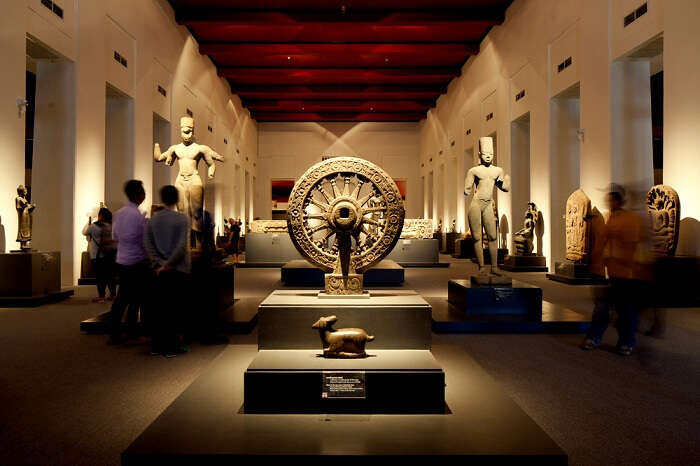
5. Phra Nakhon Khiri Historical Park
– Introduction to Phra Nakhon Khiri Historical Park
Perched atop a hill in Phetchaburi province, the Phra Nakhon Khiri Historical Park offers a breathtaking panorama of the surrounding landscape. This historical park served as a summer palace for King Rama IV and was later converted into a cultural and religious site. The park’s well-preserved architectural wonders transport visitors to a bygone era.
– History and significance of Phra Nakhon Khiri
Constructed in the early 19th century, Phra Nakhon Khiri played a vital role in royal affairs during the reign of King Rama IV. The palace’s buildings are a harmonious blend of Thai, Western, and Chinese architectural styles. The park’s historical and cultural significance lies not only in its architectural beauty but also in its connection to the modernization of Thailand.
– Exploring the park’s architectural wonders
As you wander through the park, you will encounter stunning structures such as Phra That Chedi, a sacred stupa that houses relics of the Buddha. The palace complex itself comprises interconnected pavilions and halls showcasing intricate wood carvings and murals depicting historical events. With its serene atmosphere and stunning vistas, Phra Nakhon Khiri Historical Park is a must-visit destination for history and nature enthusiasts alike.
6. Vimanmek Mansion
– Historical context of the Vimanmek Mansion
Located within the grounds of the Dusit Palace in Bangkok, the Vimanmek Mansion holds the distinction of being the world’s largest teakwood mansion. Built-in 1900, during the reign of King Rama V, this architectural masterpiece reflects the influence of European and Thai design elements.
– Architecture and design of the mansion
The Vimanmek Mansion’s intricate architecture is a testament to Thai craftsmanship. The three-story mansion boasts 81 rooms, each exquisitely adorned with handmade wooden carvings. The mansion’s design represents a harmonious fusion of Thai and European styles, featuring elegant verandas, decorative gables, and intricate lattice work.
– Visual arts and artifacts displayed within
Aside from its remarkable architecture, the Vimanmek Mansion houses an impressive collection of art and artifacts. Inside, you will find a vast array of royal memorabilia, including exquisite ceramics, antique furniture, and delicate textiles. These items offer a glimpse into the prestigious lifestyle of Thailand’s royal family.
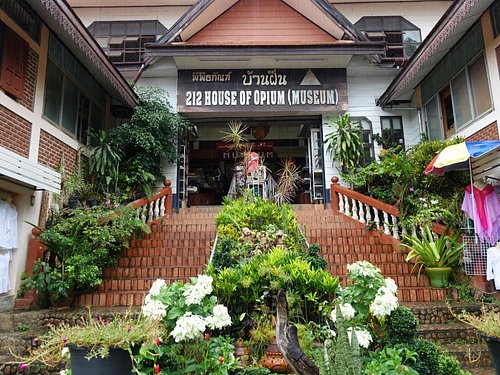
7. Jim Thompson House
– Background and legacy of Jim Thompson
The Jim Thompson House is not only a museum but also a tribute to an extraordinary man. Jim Thompson, an American entrepreneur, embraced Thai culture and became renowned for his efforts to revitalize the Thai silk industry. His enigmatic disappearance in 1967 only adds to the mystique surrounding his extraordinary life.
– Architectural features of the Jim Thompson House
The Jim Thompson House stands as a unique architectural gem in the heart of Bangkok. Traditional Thai houses were relocated and reassembled on the property, showcasing authentic architectural features such as spired roofs, teakwood structures, and intricate wood carvings. The verdant gardens surrounding the house provide a tranquil setting for visitors to explore.
– Notable art and textile collections
Inside the Jim Thompson House, you will find an impressive collection of Asian art and antiques. The house serves as a showcase for Thompson’s personal art collection, which includes statues, paintings, and ceramics from various Southeast Asian countries. The house also displays a range of colorful silk fabrics, highlighting the importance of the silk industry to Thailand’s cultural heritage.
8. Phimai Historical Park
– Overview of Phimai Historical Park
Phimai Historical Park, located in Nakhon Ratchasima province, is home to one of the most significant Khmer temples in Thailand. This ancient complex of temples is a testament to the historical and cultural ties between Thailand and the Khmer Empire.
– Historical significance of Phimai
Built in the 11th century, Phimai served as the religious and administrative center of the Khmer Empire in present-day Thailand. The temple represents the pinnacle of Khmer architecture in the region and bears striking similarities to the famous Angkor Wat in Cambodia. Its historical importance lies not only in its architectural beauty but also in the insights it offers into cultural exchange and political relations of the time.
– Notable structures and sculptures in the park
While exploring Phimai Historical Park, be sure to visit the main sanctuary, known as the Prasat Hin Phimai. This magnificent structure features intricate carvings depicting Hindu deities and ancient Khmer legends. The park is also home to the “Library,” a smaller building adorned with beautifully sculpted lintels and pediments. These architectural wonders are a testament to the skill and artistic mastery of the Khmer Empire.
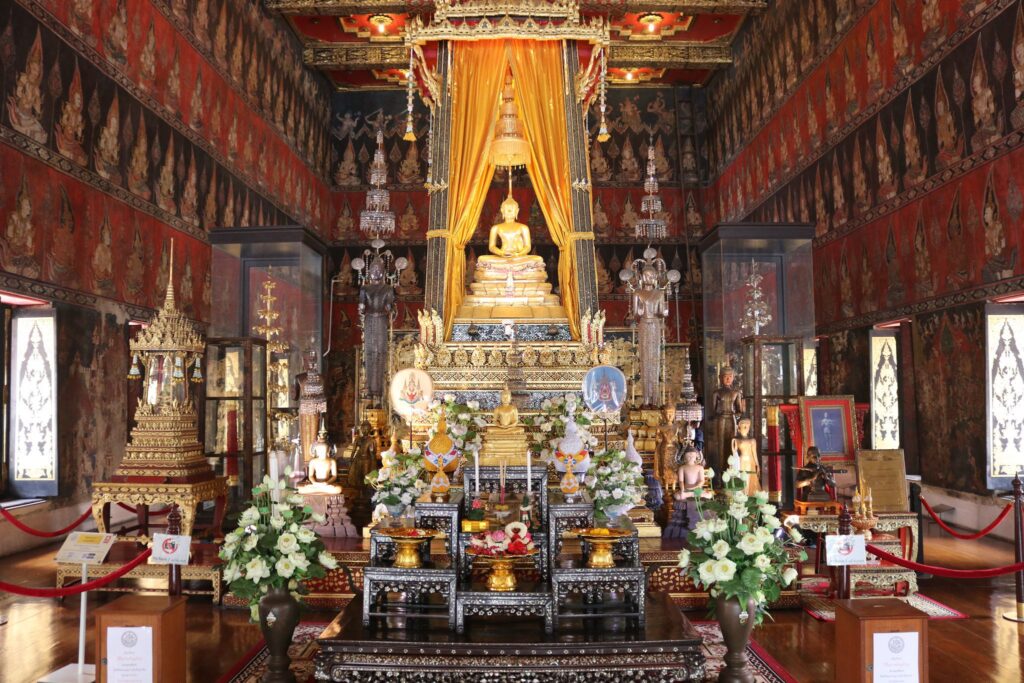
9. The National Museum of Royal Barges
– Introduction to the National Museum of Royal Barges
At the National Museum of Royal Barges, you can witness the grandeur of Thailand’s royal barges up close. These ornately decorated vessels have played a significant role in royal ceremonies and celebrations throughout Thai history. The museum offers a unique opportunity to explore the intricacies of these majestic watercraft.
– History and purpose of the royal barges
The royal barges have a long-standing tradition in Thai culture, dating back to the Ayutthaya period. These elaborately crafted vessels were used by Thai kings and queens for various ceremonial purposes, including the Royal Barge Procession on the Chao Phraya River. Each barge carries symbolic significance, with intricate carvings and sculptures adorning their majestic frames.
– Detailed exploration of the exhibited barges
The National Museum of Royal Barges showcases a range of these stunning watercraft. One notable barge is the Suphannahong, the king’s principal barge and the largest in the fleet. Its elaborate golden figurehead of a mythical swan captures the attention of visitors. The Anantanakkharat, another prominent barge, stands out with its majestic naga-inspired design. Exploring these graceful vessels offers a glimpse into Thailand’s rich royal traditions.
Conclusion
– Importance of exploring Thailand’s historical museums
Exploring Thailand’s top historical museums provides a unique opportunity to uncover the country’s fascinating past. From ancient civilizations to royal traditions, these museums offer valuable insights into the diverse cultural heritage of Thailand. By immersing yourself in the exhibits and collections, you can gain a deeper appreciation for the nation’s rich history.
– Fascinating insights into the country’s rich history
Thailand’s historical museums allow visitors to delve into the stories and legends that have shaped the nation. Whether it’s the grandeur of ancient Ayutthaya, the opulence of the royal barges, or the cultural heritage of Chiang Mai, each museum offers a different perspective on Thailand’s historical journey. By exploring these museums, you can gain a greater understanding of the nation’s cultural tapestry.
– Opportunities for cultural learning and appreciation
Visiting these museums provides a chance to learn and appreciate the art, architecture, and traditions of Thailand. The artifacts and artworks on display not only showcase the skill and craftsmanship of the Thai people but also provide a deeper understanding of their cultural practices and beliefs. This cultural immersion fosters a sense of appreciation and admiration for Thailand’s rich heritage.
Embark on a journey through time and explore the past at Thailand’s top museums. From the grand temples of Ayutthaya to the royal splendor of the National Museum of Royal Barges, each destination offers a unique glimpse into the country’s history. Immerse yourself in the rich culture and heritage, and let these museums unravel the captivating stories of Thailand’s past.
